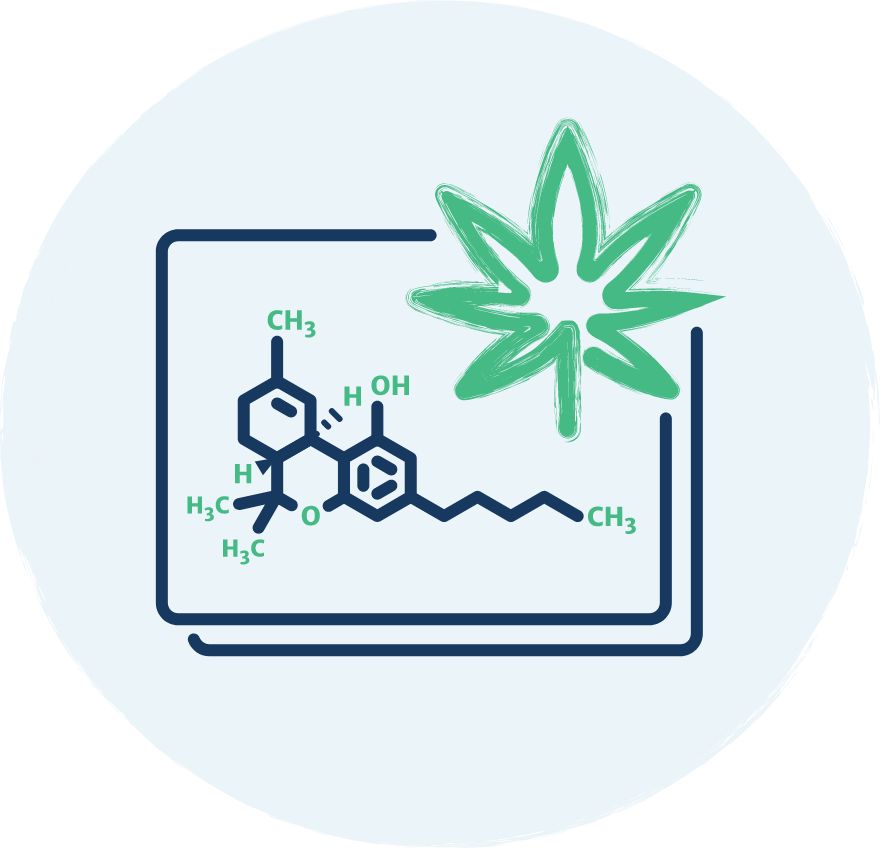
Medical cannabis information and education
Our knowledge about medical cannabis continues to evolve. Here is the basic information about how it works in your body, and why. Keep coming back for more information and research as we get it.
Medical cannabis has been used to help with symptoms associated with many different conditions,
when other medications have not been successful.
Examples include:
• Chronic Pain
• Neuropathic Pain
• Anxiety
• Migraine/Headache
• Insomnia
• Nausea and Vomiting
• Appetite Stimulation
• PTSD
• Muscle Spasticity
• Tics Associated With Tourette Syndrome
• Inflammatory Bowel Disease / Crohn’s Disease /Ulcerative Colitis Related Symptoms
• Parkinson’s Disease
• Seizures in Children
• Fibromyalgia
• Attention Deficit Disorder
• Skin inflammation
• Skin ulcers
Other settings where medical cannabis has been used include:
• Opioid Substitution/Harm Reduction
• Palliative Care
Cannabinoids
Cannabinoids such as THC and CBD can be utilized to achieve different therapeutic experiences.

Indica vs Sativa
Sativa and Indica are terms used to categorize cannabis plants based on their location of origin and physical characteristics.

Terpenes
These are components of the cannabis plants that create taste and scent, and can shape the effects of the cannabinoids.

THC
THC (Delta-9-Tetrahydrocannabinol) is the primary plant cannabinoid and the principal psychoactive ingredient in cannabis.

CBD
CBD (cannabidiol) is the second most common primary cannabinoid. An important fact about CBD is that it may counter or offset the impairing effects of THC and causes little to no intoxicating effects.

Cannabis product profiles
Cannabinoid profiles of a cannabis product can include THC-dominant, CBD-dominant or balanced (1:1). Different product profiles can be utilized for different therapeutic uses.
While many Licensed Sellers of cannabis for medical purposes label their products as Sativa or Indica, most products are a hybrid of the two classifications due to cross-breeding over many years of cultivation. Analysis of the cannabinoid and terpene content represents a more accurate way to determine the potential effect of any cannabis product.


